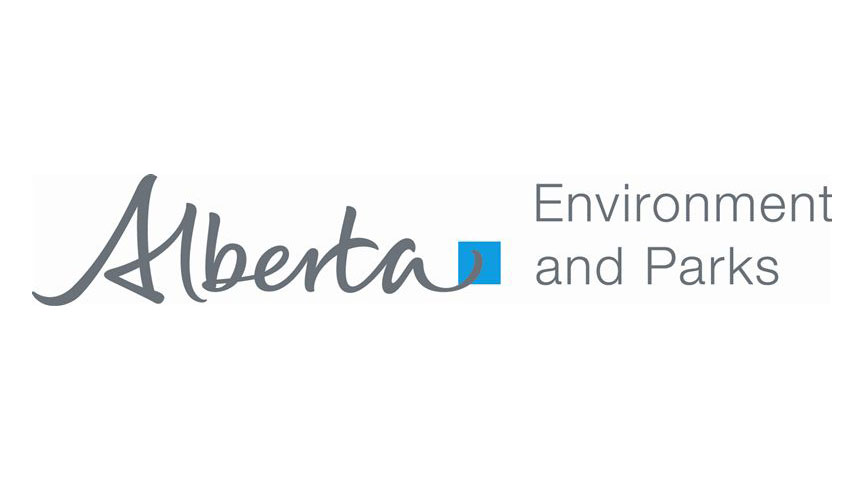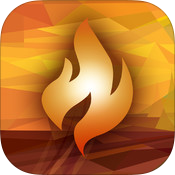Advisories and Warnings
Advisories and Warnings
Whether you’re heading outside for a few hours or setting off on a five day excursion, it’s important to be prepared. Being prepared starts with planning ahead and that first step can make all the difference. Below are advisory websites that should be referenced before you go out – new advisories can occur at any time so ensure you check before you leave.
Emergency Alerts
 |
Alberta Emergency Alert System |
|
WEBSITE: www.emergencyalert.alberta.ca TWITTER:@AB_EmergAlert |
|
|
Disaster can occur anywhere, at anytime. It is your responsibility to ensure you are prepared if a disaster occurs. Alberta Emergency Alerts are issued to assist you—providing you with critical information about an immediate disaster, where it is occurring and what action you need to take. |
Health Warnings
Why? Health warnings such as smog, smoke or even fresh water toxic algae can heavily impact your trip. Check advisories here to ensure a breath of fresh air.
 |
Alberta Health Services Advisories |
|
WEBSITE: www.albertahealthservices.ca |
|
|
Health advisories for physicians, healthcare workers and the public. Includes boil water advisories, blue-aglae advisories, air quality warnings and more.
|
Environment Advisories
Environment advisories are important to check when planning a trip as they can have a great influence on destination decisions. Advisories can vary from flooding and landslides, to blizzards, tornados and ice jams.
 |
Public Safety Canada – Get Prepared Mobile Site |
|
WEBSITE: https://www.getprepared.gc.ca/index-eng.aspx |
|
|
The “Get Prepared” campaign encourages Canadians to be prepared to cope on their own for at least the first 72 hours of an emergency, enabling first responders to focus on those in urgent need.
|
 |
Alberta AEP – Advisories and Updates |
|
WEBSITE: https://rivers.alberta.ca/ |
|
|
Rainfall can cause water levels in rivers and streams to rise rapidly. Alberta Environment and Parks (AEP) monitors river levels and conditions that can impact those levels. When conditions indicate cause for concern, AEP will issue advisories, watches and warnings.
|
Advisory Definitions:
- High streamflow advisory: occurs when stream levels rise quickly but no major flooding is expected. Note: Minor flooding in low-lying areas can still occur. Individuals stationed close to the streams affected are advised to be caution of the rising water levels.
- Flood watch: Occurs when stream levels rise, approaching or exceeding bank levels. Areas adjacent to flood may also be affected. Individuals are requested to avoid potential flooding areas if possible.
- Flood warnings: Occur when rising stream levels result in the flooding of areas around the flooded stream. Individuals situated close to the streams are advised to take appropriate measures to avoid flood damage.
- River Freeze-up refers to the formation of an ice cover that will result in a gradual increase in water levels. Occasionally, a winter freeze-up can lead to ice jams and rapidly rising water levels. The location and occurrence of ice jams and the associated flooding are very unpredictable.
- Snowmelt advisory: signals that significant runoff is expected due to snowmelt. This may cause localized overland flooding as water makes its way into streams. Stream levels will rise due to the runoff and may also cause flooding. Individuals situated close to or in the streams affected, are advised to be cautious of rising water levels.
Wildire Status
Why? Fire season in Alberta is April – October. It’s important to check wildfire advisories as there may be fire bans in place or wildfires occurring in the area you wish to visit. Download the Alberta Wildfire app, free on itunes.
 |
Alberta Agriculture and Forestry – Wildfire Status |
|
WEBSITE: https://wildfire.alberta.ca/wildfire-status/status-map.aspx TWITTER: @AlbertaWildfire Link: iOS App |
|
|
The above links provide a map overview of Alberta’s current wildfire situation. In the app see where wildfires are burning in Alberta and how they impact you. Get up-to-date information on wildfire conditions and hazard.
|
Wildfire Status Definitions:
- Prescribed fires: A prescribed fire, sometimes referred to a prescribed burn, is a planned, controlled application of fire on a specific land area. It is set to accomplish defined resource management objectives. These fires are applied under select weather conditions and are managed in a way to best minimize smoke and maximize progress of the site.
- Wildfires: Wildfires are uncontrolled fires that were not planned and ignited either by natural or human causes.
- Fire ban: A fire ban occurs when fire risk is high or when the weather conditions are too dry and hot. Fire burning permits are seasonally required beginning on April 1 – October 31.
Avalanche Information
Why? Just like the weather, avalanche conditions are constantly changing. It’s crucial to check conditions before heading out into the wilderness.
 |
Parks Canada – Public Avalanche Information |
|
WEBSITE: http://avalanche.pc.gc.ca |
|
|
The federal government’s Public Avalanche Information centre provides background information on areas prone to avalanches and daily bulletins on the status of major avalanche areas.
|
